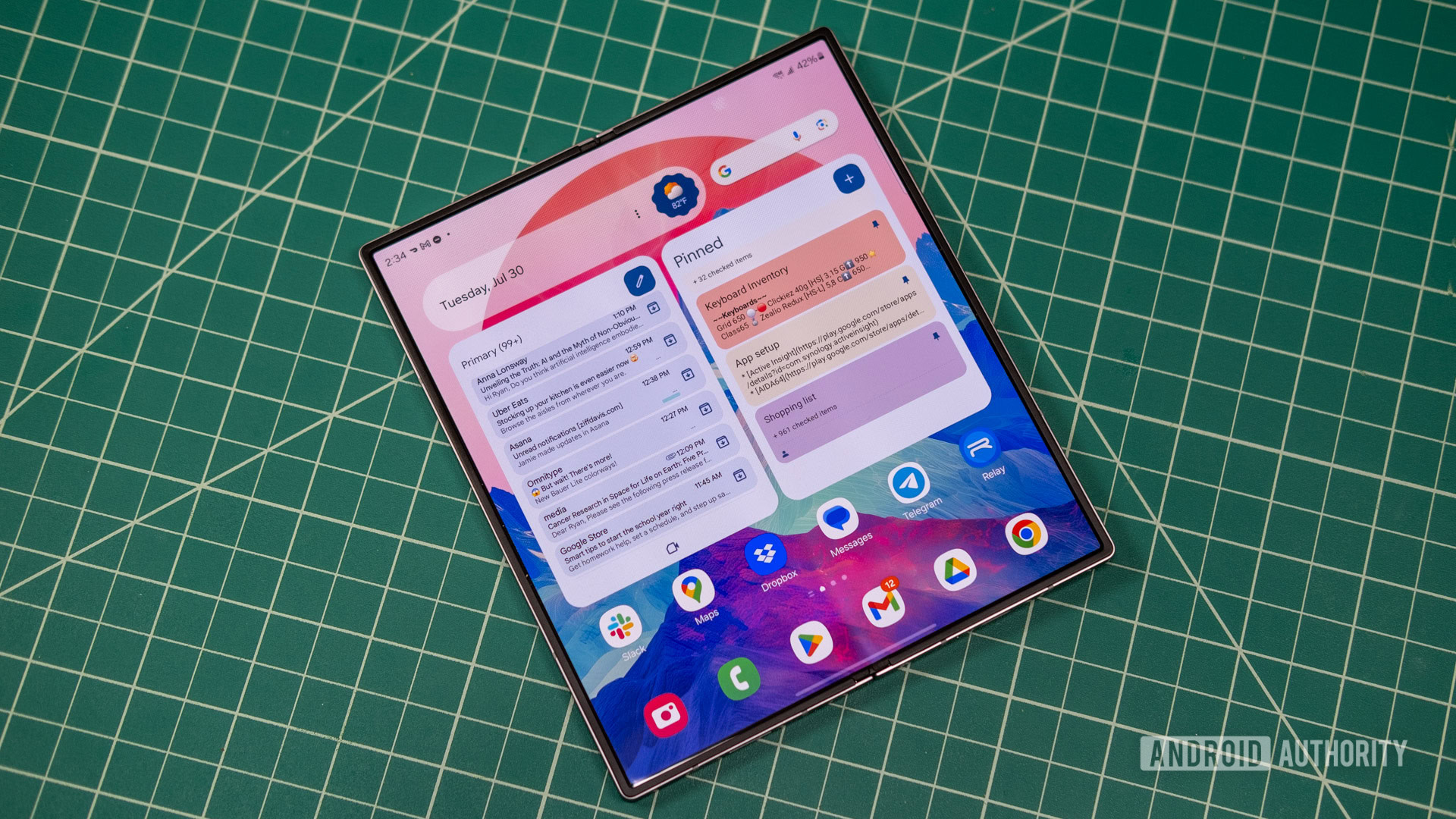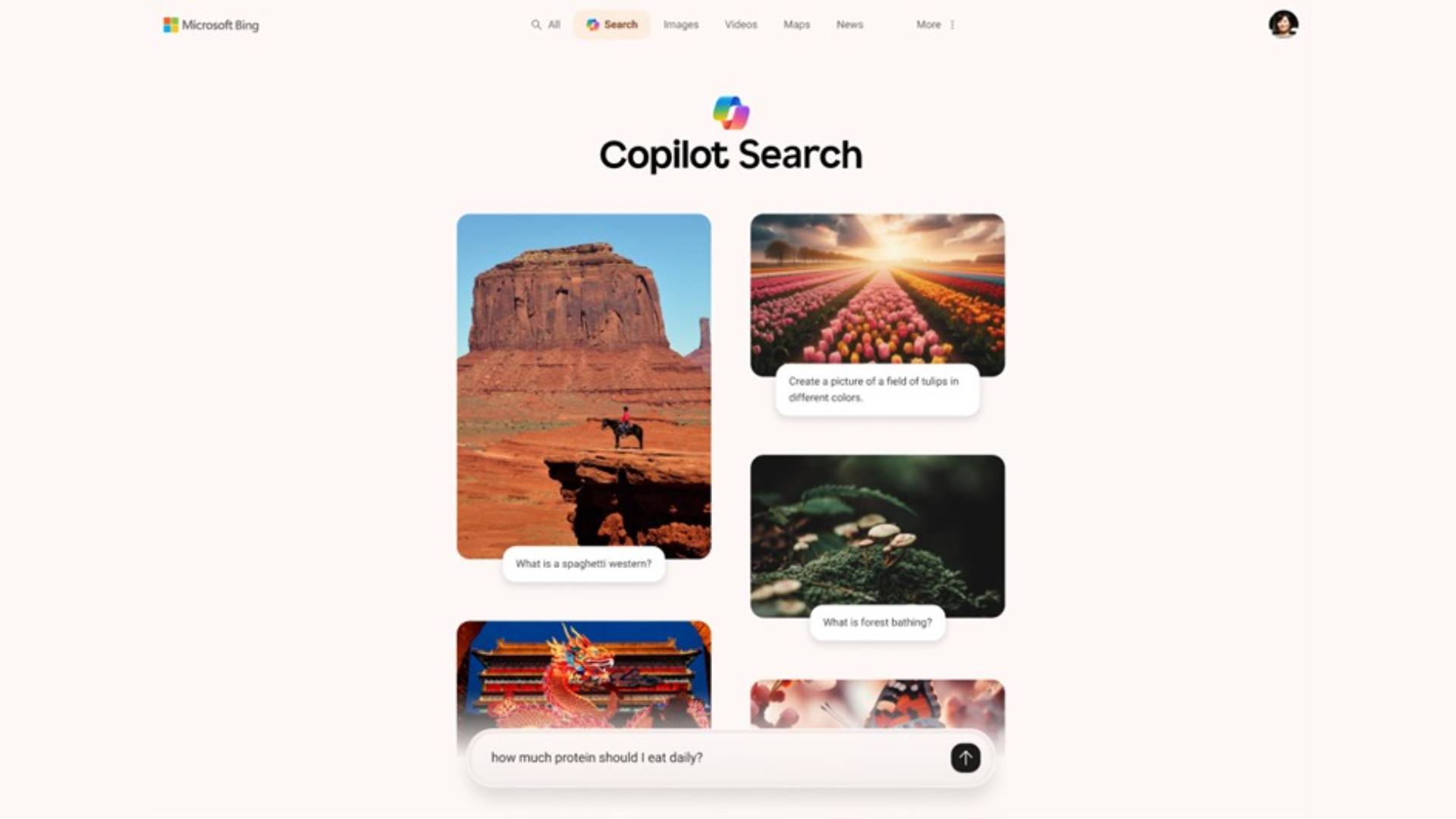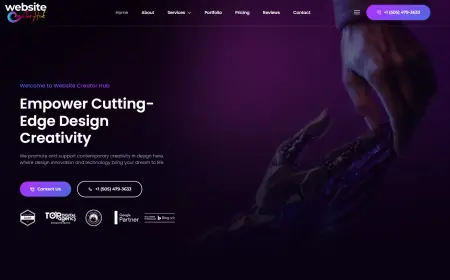How Do You Choose the Right Technology Stack for Your Food Delivery App?

Choosing the right technology stack for your food delivery app is crucial for its success. The technology stack determines the app's performance, scalability, security, and overall user experience. With the plethora of options available, selecting the appropriate technologies can be overwhelming. In this detailed blog, we'll explore the factors to consider and steps to follow when choosing the right technology stack for your food delivery app, ensuring that you partner with the best food delivery app development company to bring your vision to life.
Understanding the Technology Stack
1. Front-end Technologies
Front-end technologies are responsible for the user interface and user experience of the app. Key considerations include:
-
Programming Languages: JavaScript (for web apps), Swift (for iOS), Kotlin or Java (for Android).
-
Frameworks and Libraries: React.js, Angular, or Vue.js for web development; React Native or Flutter for cross-platform mobile development.
-
UI/UX Design Tools: Adobe XD, Sketch, or Figma for designing wireframes and prototypes.
2. Back-end Technologies
Back-end technologies power the server-side logic, database management, and business logic of the app. Factors to consider include:
-
Programming Languages: Node.js, Python, Ruby on Rails, or Java.
-
Frameworks: Express.js (for Node.js), Django (for Python), Ruby on Rails (for Ruby).
-
Database Management Systems: MySQL, PostgreSQL, MongoDB, or Firebase Firestore.
3. Database Technologies
Database technologies store and manage data for the app. Considerations include:
-
Relational vs. NoSQL: Choose between relational databases (MySQL, PostgreSQL) for structured data or NoSQL databases (MongoDB, Firebase Firestore) for flexibility and scalability.
-
Data Modeling: Designing database schemas to efficiently store and retrieve data.
4. Cloud Infrastructure
Cloud infrastructure provides scalability, reliability, and security for the app. Key components include:
-
Cloud Providers: Amazon Web Services (AWS), Google Cloud Platform (GCP), Microsoft Azure.
-
Services: Compute (EC2, Google Compute Engine), Database (RDS, Cloud SQL), Storage (S3, Cloud Storage), Networking (VPC, Virtual Network).
5. APIs and Third-party Services
Integrating APIs and third-party services enhances app functionality and saves development time. Consider:
-
Payment Gateways: Stripe, PayPal, Braintree.
-
Mapping and Geolocation: Google Maps, Mapbox.
-
Push Notifications: Firebase Cloud Messaging (FCM), Apple Push Notification Service (APNS).
Factors to Consider When Choosing a Technology Stack
-
Project Requirements: Consider the specific requirements of your food delivery app, including features, scalability, and performance needs. Choose technologies that align with these requirements and support future growth.
-
Developer Expertise: Assess your development team's skills and experience with different technologies. Choose a stack that your team is comfortable with and can efficiently work with.
-
Scalability and Performance: Ensure that the chosen technologies can scale to accommodate increased user traffic and maintain optimal performance under load.
-
Security and Compliance: Select technologies that prioritize security and compliance with regulations such as GDPR, PCI-DSS (for payment processing), and HIPAA (for healthcare data).
-
Cost Considerations: Evaluate the costs associated with licensing, hosting, and maintenance of the chosen technologies. Consider open-source options and cloud services to minimize costs.
Steps to Choose the Right Technology Stack
-
Define Project Goals and Requirements: Clearly define the goals, objectives, and requirements of your food delivery app. Consider factors such as target audience, features, budget, and timeline.
-
Conduct Research: Research the latest trends, best practices, and technologies in the food delivery app industry. Explore case studies and success stories of similar apps to gain insights.
-
Evaluate Options: Assess various technology options based on their suitability for your project requirements. Consider factors such as ease of development, scalability, performance, and community support.
-
Prototype and Proof of Concept: Create prototypes or proof of concept (POC) using different technology stacks to evaluate their feasibility and effectiveness. Gather feedback from stakeholders and users to refine your choices.
-
Consult Experts: Seek advice from experienced developers, tech consultants, or technology communities to gain insights and recommendations on choosing the right technology stack.
-
Consider Future Growth: Choose technologies that can accommodate the future growth and expansion of your food delivery app. Consider factors such as scalability, flexibility, and ease of integration with new features.
-
Finalize the Stack: Based on your research, evaluation, and consultations, finalize the technology stack for your food delivery app. Document your decisions and rationale for future reference.
Conclusion
Choosing the right technology stack for your food delivery app is a critical decision that can significantly impact its success. By understanding the various components of the technology stack, considering factors such as project requirements, scalability, security, and developer expertise, and following a systematic approach, you can make informed decisions and build a robust and scalable app that meets the needs of users and stakeholders. With careful planning and evaluation, you can create a competitive food delivery app that stands out in the market and delivers exceptional value to users.
What's Your Reaction?
 Like
0
Like
0
 Dislike
0
Dislike
0
 Love
0
Love
0
 Funny
0
Funny
0
 Angry
0
Angry
0
 Sad
0
Sad
0
 Wow
0
Wow
0




















































